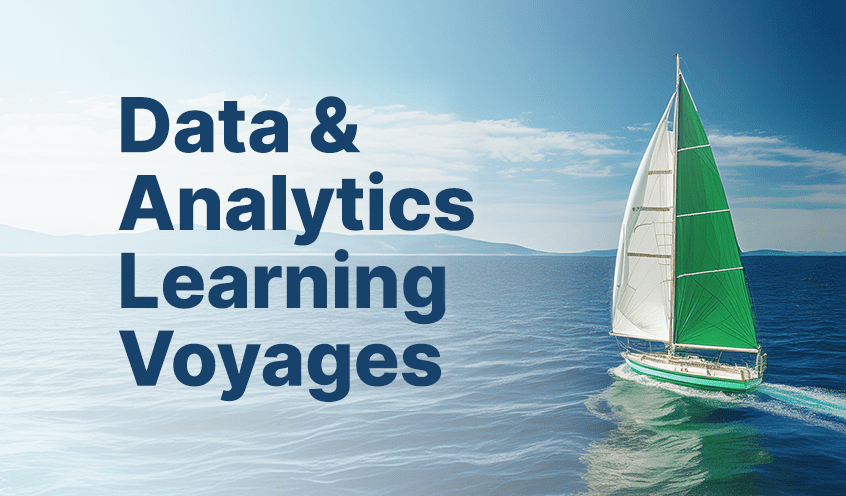Gartner has again recognized Qlik as a Challenger in this latest Gartner 2022 Magic Quadrant for Data Integration Tools_*,_ highlighting our unique capabilities in the area of real-time data movement, complex transformation and data warehouse automation. Click here to read the full report.
One of the key parts of the MQ is Gartner’s “Strategic Planning Assumptions” which help set the tone on where they see the market heading. Gartner makes three assumptions this year that aligns well to our strategy with Qlik Data Integration:
“Through 2024, manual data integration tasks will be reduced by up to 50% through the adoption of data fabric design patterns that support augmented data integration.”
“By 2024, AI-enabled augmented data management and integration will reduce the need for IT specialists by up to 30%.”
Augmentation is again a big theme and Gartner recognized how Qlik’s recent acquisitions significantly improve our key capabilities in this area. Specifically, Nodegraph for metadata and lineage, Big Squid for AutoML and augmented data integration, and Blendr.io for application and API integration. Automation also plays a large role in reducing manual tasks and Gartner specifically praised Qlik’s maturity in data warehouse automation.
“By 2025, data integration tools that do not provide capabilities for multicloud hybrid data integration through a PaaS model will lose 50% of their market share to those vendors that do.”
This assumption aligns well to our new PaaS offerings on Qlik Cloud. Multi-cloud support is now table stakes but it also requires deep and broad support across a wide range of data sources and targets on each hyperscaler platform. And don’t overlook the “hybrid data integration” assumption as most of the data still resides on-premises and needs a high scale and secure way to access and move data to the cloud. That’s where our change data capture and local gateway approach is spot on.
So where are we going next?
Qlik has been one of the fastest growing and best rated data integration solutions for a number of years and we are well positioned to meet the evolving challenges of our customers.
We’re excited to be delivering significant new PaaS capabilities in the next quarter as part of Qlik Cloud Data Integration. One of these capabilities includes a powerful new Data Transformation service, which will work with our existing Data Movement service to define and push down SQL based transforms and data mart automation to some of the most popular cloud data warehouse platforms – Snowflake, Azure Synapse, Google BigQuery and Databricks.
We’re also introducing a new Qlik Gateway for Data Movement which sits behind the firewall to drive access to all of an organizations on-premises data, enabling secure and highly scalable change data capture capabilities for real-time delivery to the cloud.
If you’re going to be at the Gartner Data and Analytics Summit in Orlando this week, please stop by our booth or attend our presentation to see for yourself what the future of data integration looks like.













































